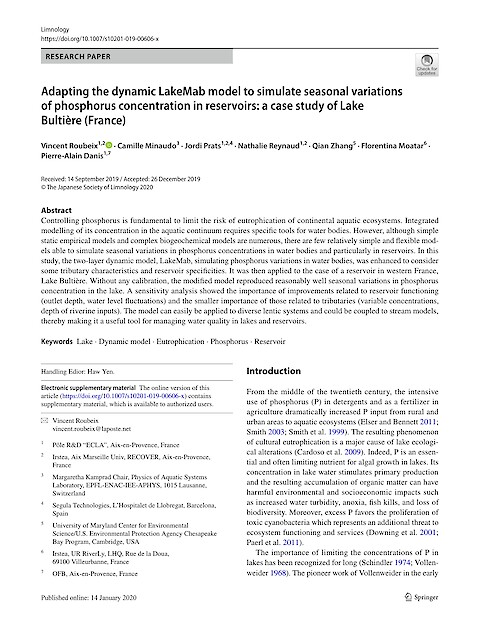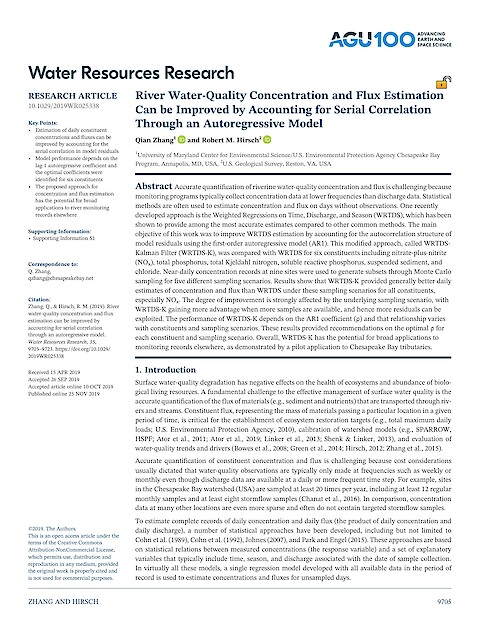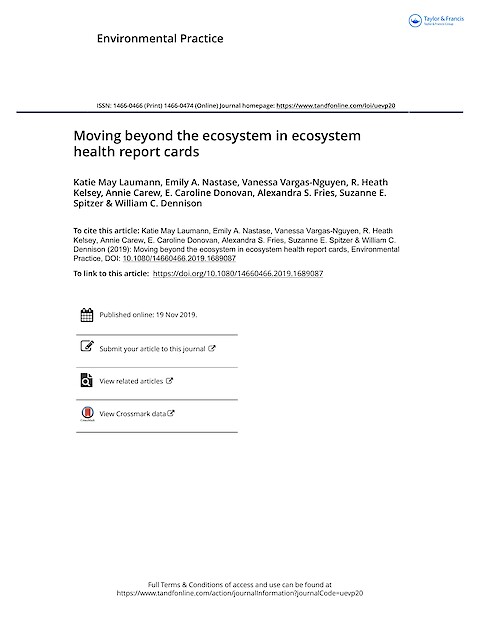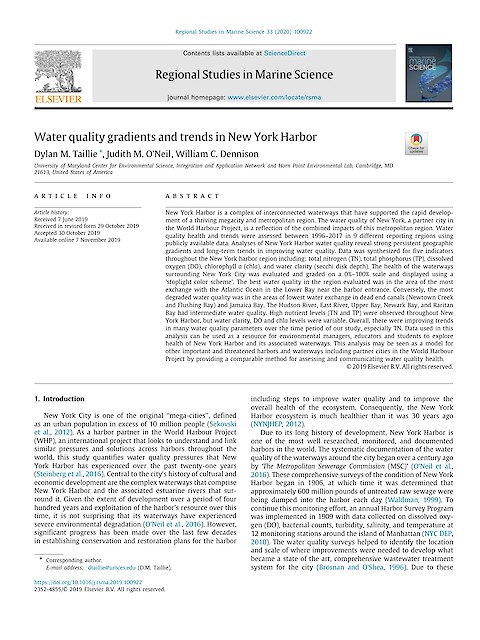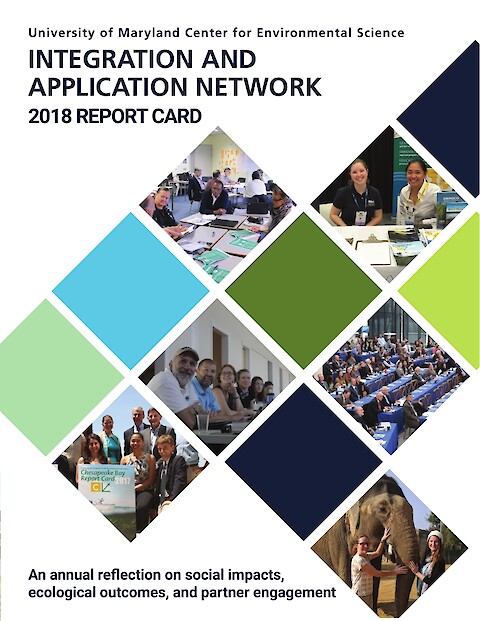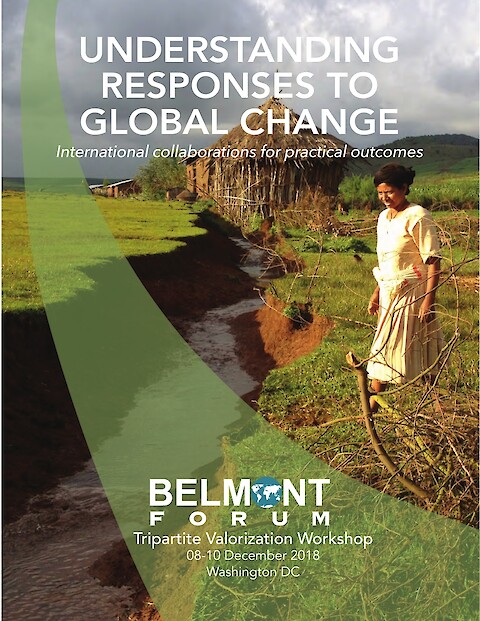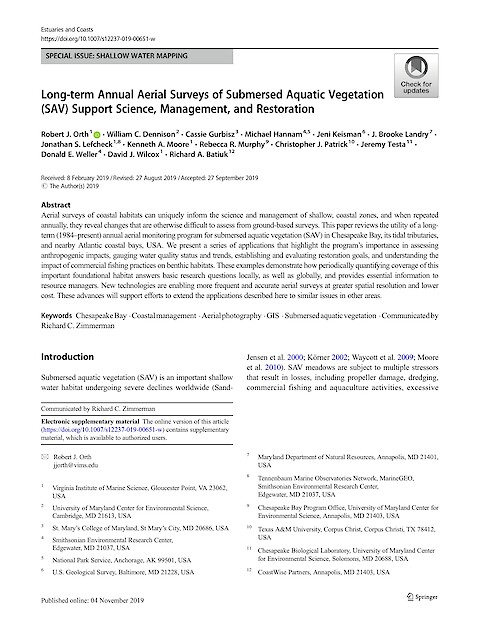Long-term Annual Aerial Surveys of Submersed Aquatic Vegetation (SAV) Support Science, Management, and Restoration
Orth RJ, Dennison WC, Gurbisz C, Hannam M, Keisman J, Landry JB, Lefcheck JS, Moore KA, Murphy RR, Patrick CJ, Testa J, Weller DE, Wilcox DJ, and Batiuk RA ·
2019
Aerial surveys of coastal habitats can uniquely inform the science and management of shallow, coastal zones, and when repeated annually, they reveal changes that are otherwise difficult to assess from ground-based surveys. This paper reviews the utility of a long- term (1984–present) annual aerial monitoring program for submersed aquatic vegetation (SAV) in Chesapeake Bay, its tidal tributaries, and nearby Atlantic coastal bays, USA.
Read more
